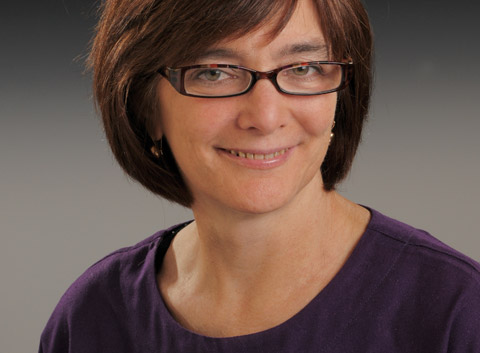
“The question is, what is privacy about? I think it’s different for different people.” |
For Boston's college-heavy neighborhoods, student co-ops, and collective houses, living with roommates is a given. The international housing model of cohousing is catching on in Jamaica Plain and Cambridge, too: communities of private homes where neighbors share spaces, meals, gardens, and more. These are sustainable situations, considering recent reports that average North American households produce 150 pounds of carbon dioxide a day, nearly five times the global average; like other aspects of our super-size culture, America's average homes have grown in size by 45 percent since 1980.According to author Annamarie Pluhar, the benefits — environmental, financial, and emotional — of sharing housing can surface even from splitting an apartment with just one other person. (And the trend is catching on: NPR recently reported that 15.4 million Americans lived in multi-family households last year, up 11.6 percent since 2008.) Pluhar, who discusses her new book, Sharing Housing: A Guidebook to Finding and Keeping Good Housemates (Bauhan Publishing), at Porter Square Books on Tuesday, talked with me about, among other things, an emerging "culture of sharing," and our contemporary obsession with privacy.
IN AMERICA, OWNING A BIG, PRIVATE HOME IS A MILESTONE OF SUCCESS, A STATUS SYMBOL. IN YOUR BOOK, YOU TALK ABOUT HOW THAT IS AN ENVIRONMENTALLY UNSUSTAINABLE APPROACH TO HOUSING. HOW IS IT MORE SUSTAINABLE TO SHARE HOUSING? An individual house expels a certain amount of carbon dioxide. And when sharing housing, you just need less stuff. Blenders, toasters, microwaves, Internet routers, televisions, radios, shower curtains . . . it's more sustainable in that you don't have to consume as much of our planet's resources.
THIS SEEMS TO BE PART OF A TREND TOWARD SHARING IN RECENT YEARS THAT GOES BEYOND HOUSING. HAVE YOU NOTICED ANY OTHER NEW EXAMPLES OF SHARING? Zipcars are a good example. Airbnb.com, a service where people can offer rooms or apartments to travelers. It's international, like couch-surfing, except that you pay for rooms. Farm shares, community-supported agriculture, community gardens . . . I think there is a sharing movement beginning to happen, very much enabled by the Web. Because people can find each other. On [Web sites like] Freecycle, too.
WAS THERE A TIME IN OUR COUNTRY'S CULTURE WHERE PEOPLE LIVED IN SHARED HOUSING MORE FREQUENTLY? Yes. Boarding houses were very big during the Depression.
WHAT DO YOU THINK ARE COMMON MISCONCEPTIONS ABOUT LIVING WITH OTHER PEOPLE? People are afraid of the loss of privacy. But 27 percent of American households are [people living] by themselves. Because of the way our society functions, it is really hard to have a spontaneous social interaction with somebody unless you are living with them. People get up, go to work, come home. Unless they make a plan to spend time with somebody, they are going to spend their evening alone.
THERE'S THIS WEIRD DYNAMIC IN OUR CULTURE RIGHT NOW WHERE PEOPLE ARE SIMULTANEOUSLY SO PRIVATE AND SO PUBLIC. WE'RE PUTTING SO MUCH INFORMATION ON THE INTERNET, SOCIALIZING IN PUBLIC ONLINE, BUT AT THE SAME TIME, WITH LIVING SITUATIONS, WE ARE MOSTLY VERY PRIVATE. The question is, what is privacy about? I think it's different for different people. And I am sure that there are people who really do want to be left alone, but I think sometimes people think sharing housing means having this person around all the time. That's not true.